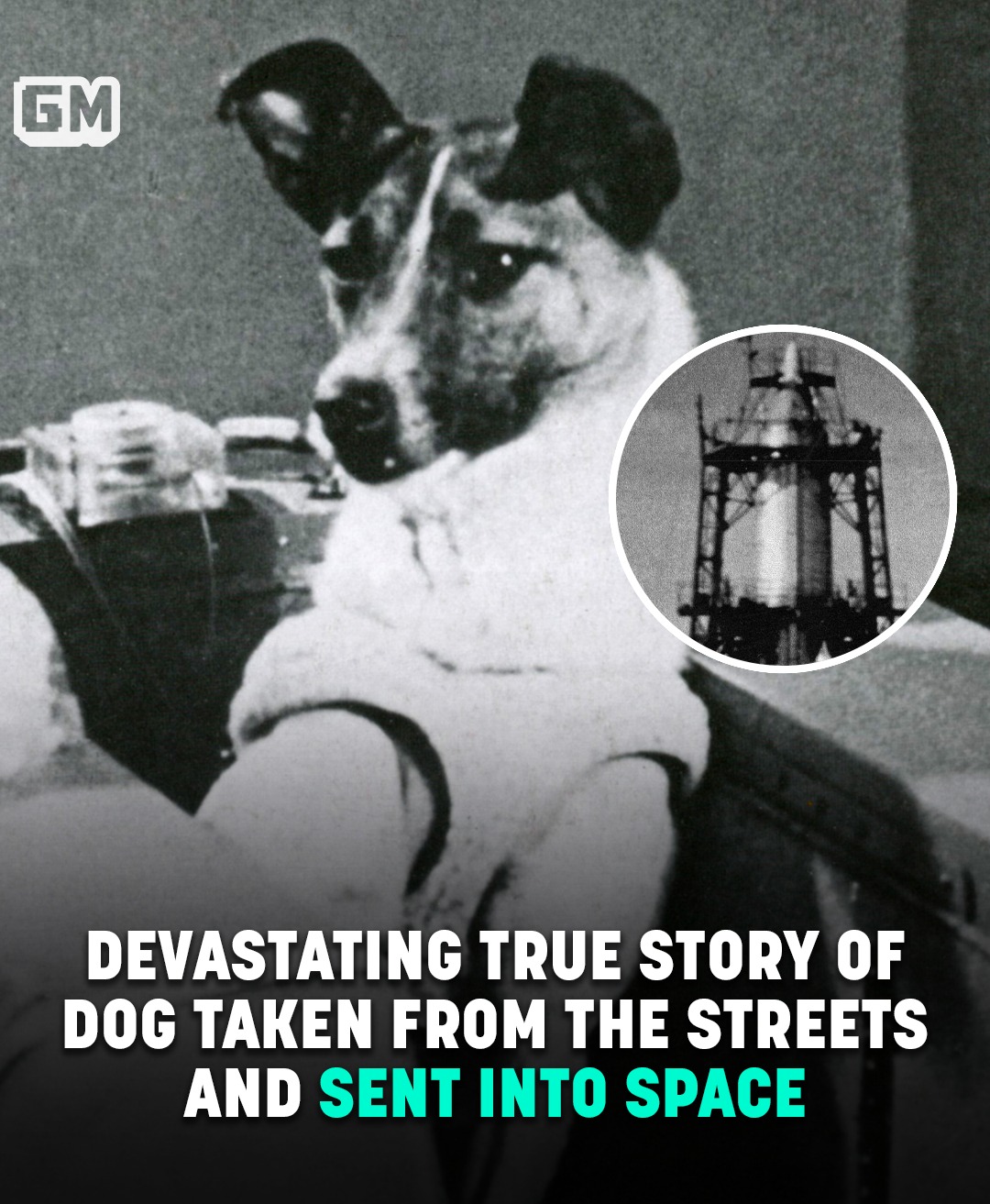A small Russian dog nicknamed Laika has become an enduring symbol of the ethical dilemmas in scientific experimentation.
The story of sacrifice, alongside scientific ambition, remains a haunting reminder of the cost of progress.

In 1957, the Soviet Union launched Laika into orbit aboard the Sputnik 2 spacecraft, reports Mirror US.
This marked her as the first living creature to circle the Earth. However, the mission was never intended to bring her back.
Loaded: 14.90%
Remaining Time -8:31Close Player
A small Russian dog nicknamed Laika has become an enduring symbol of the ethical dilemmas in scientific experimentation.
The story of sacrifice, alongside scientific ambition, remains a haunting reminder of the cost of progress.

In 1957, the Soviet Union launched Laika into orbit aboard the Sputnik 2 spacecraft, reports Mirror US.
This marked her as the first living creature to circle the Earth. However, the mission was never intended to bring her back.
As the only passenger on this experimental flight, Laika was chosen not for her ability to survive but to test whether life could endure the extreme conditions of space.
A stray discovered on the streets of Moscow, Laika was believed to be about three years old. Her calm temperament made her the ideal candidate for the mission.Soviet personnel gave her several nicknames – Kudryavka (‘Little Curly’), Limonchik (‘Little Lemon’), and Zhuchka (‘Little Bug’) – but it was ‘Laika,’ a Russian term often used for husky-like breeds, that became known around the world.
Before liftoff on November 3, 1957, Laika underwent rigorous training, which included being confined in increasingly small spaces to prepare for the cramped capsule.
Scientists hoped the experiment would demonstrate a living being’s ability to survive launch, orbit, and the stress of spaceflight.While in orbit, Laika’s vital signs were monitored closely.

The data showed clear signs of stress and discomfort.
The Soviet Union initially provided conflicting reports about her death, at one point claiming she died peacefully after several days.
However, in 2002, it was finally confirmed that Laika died within hours of launch due to overheating and stress, a result of technical failures that prevented a proper cooling system from functioning.
Despite the tragic outcome, her mission did provide scientists with invaluable insight into the physiological effects of space travel.Yet many argue it came at too high a cost.
In recent years, Laika’s story has resurfaced across social media.
One viral post from the popular page Fantastic Things in the World featured a statue of Laika and read: “Every year… I feel compelled to tell this story and possibly do it with new words. There’s a deep guilt that all of us should feel reading what we did to Laika.”The post concluded with a solemn message: “We had a duty to choose another path. We still have that duty today. Sorry humanity has failed you, Laika.”





